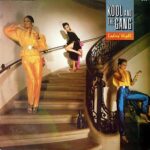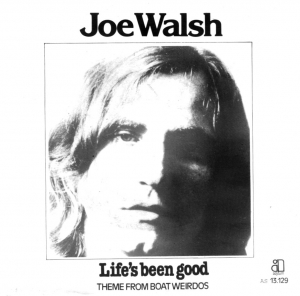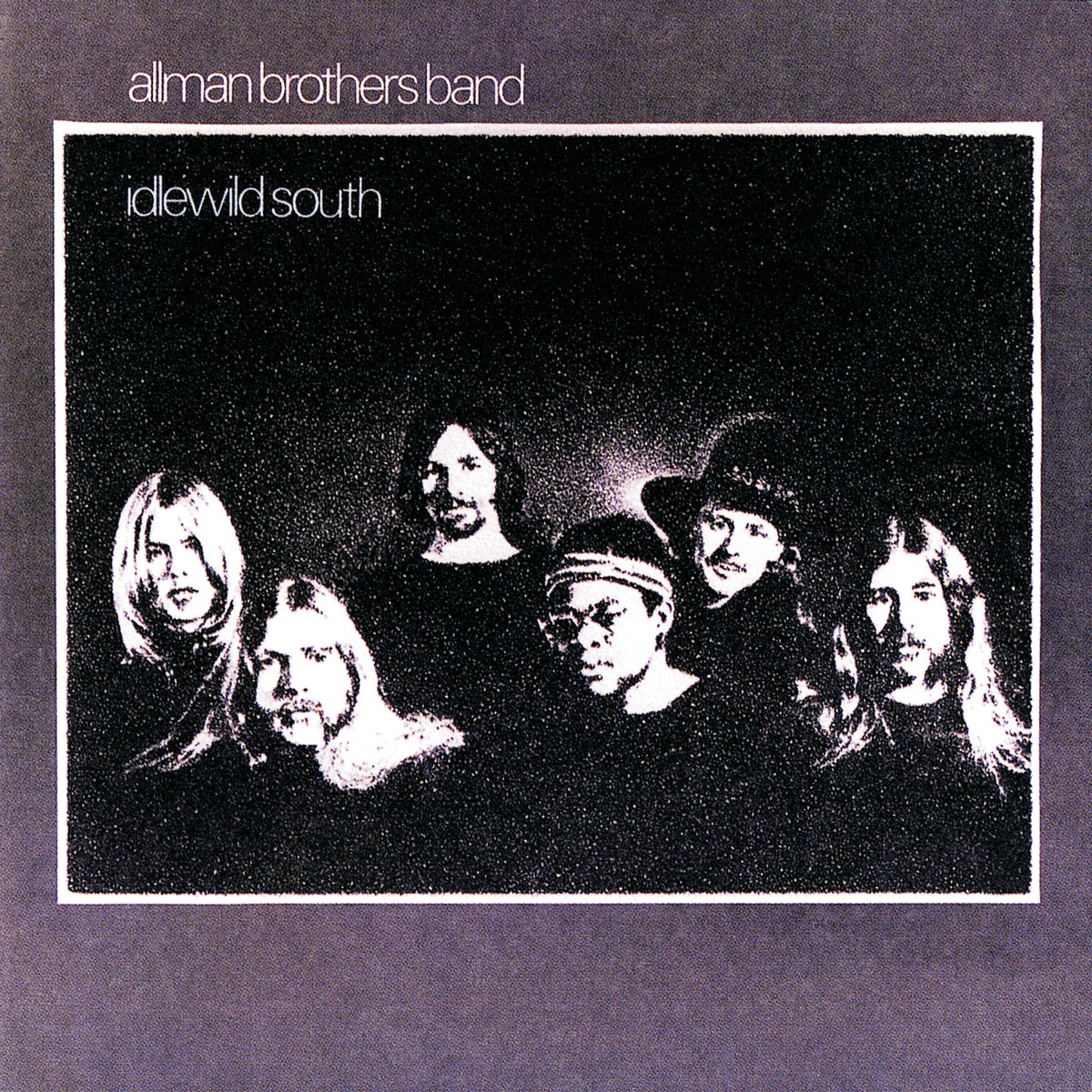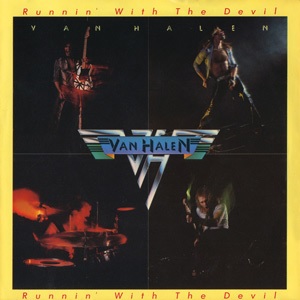 Kool & The Gang’s “Ladies’ Night” is one of those tracks that immediately conjures an image of neon lights, lively dance floors, and the unmistakable thrill of nightlife. Released in 1979 as the title track of their album Ladies’ Night, the song marked a pivotal moment for the band, bridging their earlier funk roots with a more polished, disco-infused sound that would propel them into mainstream success. From the first crisp horn stab to the unmistakable bassline, “Ladies’ Night” exudes a celebratory energy that has allowed it to endure as a dance floor anthem for more than four decades. The song doesn’t just invite listeners to dance—it commands it, beckoning all to join in the collective joy and liberation that comes from stepping into the music and letting go. Its infectious groove, memorable lyrics, and charismatic vocal delivery create a timeless sense of celebration, making it a cultural touchstone for both the disco era and modern party playlists.
Kool & The Gang’s “Ladies’ Night” is one of those tracks that immediately conjures an image of neon lights, lively dance floors, and the unmistakable thrill of nightlife. Released in 1979 as the title track of their album Ladies’ Night, the song marked a pivotal moment for the band, bridging their earlier funk roots with a more polished, disco-infused sound that would propel them into mainstream success. From the first crisp horn stab to the unmistakable bassline, “Ladies’ Night” exudes a celebratory energy that has allowed it to endure as a dance floor anthem for more than four decades. The song doesn’t just invite listeners to dance—it commands it, beckoning all to join in the collective joy and liberation that comes from stepping into the music and letting go. Its infectious groove, memorable lyrics, and charismatic vocal delivery create a timeless sense of celebration, making it a cultural touchstone for both the disco era and modern party playlists.
The opening of “Ladies’ Night” sets the tone with an irresistible groove that immediately captures attention. A tight drum pattern paired with percussive accents creates a sense of momentum, while the horns punch in with rhythmic precision, establishing a celebratory and uplifting mood. This combination of instruments forms the backbone of the song, providing a foundation for the vocals and adding texture that keeps listeners engaged throughout. The arrangement is meticulous yet feels effortless, reflecting Kool & The Gang’s deep understanding of funk and disco sensibilities. There’s a sense of excitement in every note, as if the music itself anticipates the crowd’s response and sets the stage for the ensuing party.
Vocally, “Ladies’ Night” balances charisma with accessibility. The lead singers deliver the lyrics with a mix of playful charm and confident swagger, capturing the song’s essence of nightlife celebration and flirtatious fun. Harmonies are woven seamlessly into the chorus, amplifying the infectious energy and creating a communal feel that encourages sing-alongs. The vocal performance is not just about showcasing talent; it is about inviting listeners into an experience, making them feel like active participants in the joy and energy of the night. This approach helps the song transcend time, ensuring its appeal remains strong across generations.
Lyrically, “Ladies’ Night” is straightforward yet effective. The repeated refrain, “It’s ladies’ night, and the feeling’s right,” is simple but instantly recognizable, functioning as both an anthem and a mantra for celebration. The verses highlight the thrill of going out, enjoying music, and dancing with friends, painting a vivid picture of an unforgettable night on the town. The lyrics are playful, flirtatious, and inclusive, capturing a sense of liberation and excitement that resonates universally. By focusing on mood and atmosphere rather than complex storytelling, Kool & The Gang created a track that is immediately relatable, allowing listeners to project their own experiences onto the music and engage with it personally.
The instrumentation in “Ladies’ Night” demonstrates a sophisticated understanding of rhythm, dynamics, and musical texture. The tight rhythm section drives the song forward, with bass and drums locked in a syncopated groove that is irresistible to move to. Horns punctuate the arrangement with bright, celebratory stabs, while electric keys and rhythmic guitar add depth and layers to the sound. Each musical element is carefully balanced, contributing to the overall groove without overwhelming the listener. This thoughtful layering of instruments gives the track a rich, full-bodied sound, creating an immersive listening experience that feels lively and dynamic. The instrumentation is not just functional; it is performative, designed to evoke the energy of a live party and translate it directly into the listener’s body and mind.
From a production standpoint, “Ladies’ Night” showcases a crisp, polished sound that enhances its danceability and commercial appeal. The mix emphasizes clarity and punch, ensuring that every instrument and vocal line is heard distinctly while contributing to the overall groove. The production captures the essence of the late-70s disco-funk aesthetic, balancing warmth with precision and creating a sonic space that feels open, celebratory, and alive. The attention to detail in both arrangement and production is part of what has allowed “Ladies’ Night” to remain relevant, maintaining its energy and appeal even decades after its initial release.
Culturally, “Ladies’ Night” arrived at a pivotal moment in music history. Disco was at its peak, and the club scene was a dominant force in popular culture. Kool & The Gang leveraged this moment, blending their funk roots with disco sensibilities to create a crossover hit that appealed to both traditional funk audiences and the broader pop market. The song’s themes of nightlife, celebration, and female empowerment resonated widely, making it not only a dance floor favorite but also a statement of social and cultural relevance. Its success helped cement Kool & The Gang’s place in mainstream music and set the stage for subsequent hits that would continue to explore similar themes of joy, love, and communal celebration.
The song’s chorus is particularly noteworthy for its infectiousness and memorability. The repetition of the phrase “It’s ladies’ night” combined with a rhythmic vocal delivery makes it instantly singable, encouraging audience participation and reinforcing the communal energy of the track. The chorus functions as both a musical and emotional high point, drawing listeners into the celebratory narrative and ensuring that the song’s central message is immediately clear. Its simplicity is its strength: by creating a hook that is easy to remember and repeat, Kool & The Gang ensured that “Ladies’ Night” would remain lodged in popular consciousness for decades.
Beyond the music itself, “Ladies’ Night” thrives on its atmosphere and energy. The track evokes images of bustling dance floors, colorful lights, and the excitement of a night out with friends. This sense of environment is not just implied; it is actively created through the interplay of instruments, rhythm, and vocal delivery. The song’s groove encourages movement, while the vocals and horns add a performative dimension that transforms listening into an almost participatory experience. Even for those hearing it outside of a dance context, the track conveys a feeling of celebration that is immediately infectious.
Live performances of “Ladies’ Night” further underscore its enduring appeal. Kool & The Gang’s stage presence, charisma, and musicianship bring the song to life, transforming it from a recorded track into a dynamic experience. The horns punch harder, the rhythm section grooves with greater intensity, and the audience’s response becomes part of the performance itself. The live environment amplifies the song’s celebratory themes, turning it into an anthem for communal joy and shared experience. This ability to translate studio energy into live performance has helped “Ladies’ Night” maintain its relevance and appeal across multiple generations of fans.
The song’s crossover appeal is another factor in its lasting legacy. While firmly rooted in funk, “Ladies’ Night” incorporates elements of disco, pop, and R&B, creating a sound that is accessible to a wide audience. Its infectious groove, memorable hooks, and playful lyrics allow it to resonate with diverse demographics, from casual listeners to dedicated music enthusiasts. This broad appeal has contributed to the track’s frequent inclusion in media, from film soundtracks to television shows to commercial campaigns, reinforcing its cultural presence and introducing it to new audiences over time.
“Ladies’ Night” also demonstrates a keen understanding of pacing and dynamics. The song builds and releases tension effectively, with verses providing a relaxed, inviting groove that gives way to energetic, celebratory choruses. This ebb and flow mirrors the experience of a night out, capturing the anticipation, excitement, and release of a communal celebration. The dynamic structure keeps listeners engaged from start to finish, ensuring that the track never feels monotonous despite its relatively straightforward arrangement. Each musical and vocal element contributes to this sense of movement, creating a cohesive and immersive listening experience.
The track’s instrumentation and production choices emphasize warmth and vitality. The horns, rhythm section, and keyboards are recorded with a clarity that allows each element to shine while contributing to the overall groove. The bassline, in particular, anchors the track, providing both rhythmic drive and melodic interest. The interplay between instruments creates a rich, textured soundscape that invites repeated listens and encourages physical movement. This attention to sonic detail ensures that “Ladies’ Night” remains engaging and enjoyable, regardless of the listener’s familiarity with funk or disco conventions.
Lyrically, the song’s emphasis on celebration and communal enjoyment contributes to its timeless quality. The focus on shared experiences, dancing, and enjoyment of life resonates universally, making it easy for listeners to connect with the song on a personal level. The lyrics are playful, flirtatious, and inclusive, reflecting a spirit of fun and liberation that transcends cultural and generational boundaries. By centering the song around a universal experience—the joy of a night out—Kool & The Gang created a track that remains relevant and relatable decades after its release.
The song’s impact extends beyond its musical qualities. “Ladies’ Night” played a role in defining the cultural zeitgeist of the late 1970s and early 1980s, reflecting the rise of nightlife, club culture, and disco-infused pop. It also helped solidify Kool & The Gang’s reputation as versatile, innovative musicians capable of bridging genres and appealing to a wide audience. The track’s success opened doors for subsequent hits that would continue to explore similar themes of celebration, love, and communal energy, further cementing the band’s legacy in popular music.
The simplicity of “Ladies’ Night” is deceptive, masking a sophisticated understanding of musical dynamics, audience engagement, and cultural resonance. The interplay of instruments, rhythmic precision, and vocal delivery create a track that is both immediately accessible and richly layered, rewarding repeated listening. Its infectious energy, memorable hooks, and universal themes ensure that it remains relevant and enjoyable across different contexts, from casual listening to live performance to cultural retrospectives.
Ultimately, “Ladies’ Night” is more than just a disco or funk track; it is an anthem of joy, community, and celebration. Its combination of infectious rhythm, memorable lyrics, and charismatic performance creates a sense of shared experience that continues to resonate decades after its initial release. Kool & The Gang captured something rare—a musical expression of happiness and communal enjoyment that transcends time and trends, inviting listeners to step onto the dance floor, let go, and celebrate life’s moments, big and small.
In conclusion, Kool & The Gang’s “Ladies’ Night” stands as a timeless celebration of nightlife, music, and the joy of communal experience. Its infectious groove, memorable hooks, and playful lyrics make it an enduring anthem for parties, gatherings, and summer celebrations. The track’s blend of funk, disco, and pop sensibilities, combined with its universal themes of joy and liberation, ensures its place in the pantheon of classic dance music. More than four decades after its release, “Ladies’ Night” continues to captivate, inspire, and move listeners, embodying the very essence of celebration and communal enjoyment. Its legacy is a testament to the power of music to unite, energize, and create moments of shared happiness that endure across generations.
Through its timeless appeal, musical craftsmanship, and universal themes, “Ladies’ Night” by Kool & The Gang remains a quintessential celebration of joy, movement, and community, proving that great music is not only about melody or rhythm but also about the energy, emotion, and shared experience it evokes.


